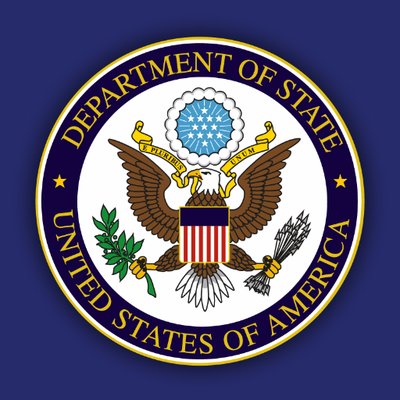During President Obama’s October visit to China , the two heads of state announced that the two militaries had signed a Memorandum of Understanding (MOU) regarding the Rules of Behavior for Safety of Air and Maritime Encounters. This is the first time that the two militaries have been able to conclude some Confidence-Building Measures (CBMs).
The most vulnerable part in Sino-US relations is military relations. The MOU is a great effort from both sides to “develop a new model of military-to-military relations”. Although the Chinese military lags well behind the US military, the memorandum somehow puts Chinese and US militaries on equal footing. It is American recognition of the growing strength of the PLA and the need to avoid confrontation with China. Historically only the Soviet Union and the US, two giants with almost equal strength, signed a similar, US-Soviet Incidents at Sea Agreement, with many of the articles similar to the MOU. During the Cold War, the US-Soviet Incidents at Sea Agreement helped to significantly reduce incidents between the Soviet Union and the US.
The beauty of the MOU is that it is tactical, more than strategic. At present, there are quite a few mechanisms between the two militaries, such as Defense Consultative Talks, Defense Policy Consultative Talks, Strategic Security Dialogue and a hotline, but they are all at strategic levels whereby only strategic issues are discussed by the two sides. But Rules of Behavior for Safety of Air and Maritime Encounters are tailor-made for officers, sailors and airmen from both sides. It is them who deal with one another every day.
Another credit of the MOU is that it doesn’t specify where these encounters might be. Previously many consultations were encounters at “high sea”. Now the finished MOU doesn’t specify any geographic locations, therefore it can actually apply wherever Chinese and American military vessels and military aircraft meet. Given the growing strength of the PLA Navy and its increasing involvement overseas, the Chinese and the US military vessels will simply meet more often in different waters. A broader rather than prohibitive application of these rules is certainly helpful in defusing any possible misunderstanding or miscalculations.
There are international conventions of maritime and air rules and regulations, such as those in the United Nations Convention on the Law of the Sea, Convention on International Civil Aviation, Convention on the International Regulations for Preventing Collisions at Sea, 1972, Collision Regulations (COLREGs), and Code for Unplanned Encounters at Sea (CUES). Now, with new rules of behaviors in place, people may simply hope that these rules could reduce or even eliminate dangerous situations between the two countries, such as the Chinese and American aircraft collision in 2001, the standoff of the USNS Impeccable and the USS Cowpens with Chinese ships in 2009 and 2013, and the close encounter between a Chinese J-11B fighter jet with an American P-8 in August 2014.
However all lethally dangerous encounters occurred only in China’s Exclusive Economic Zone (EEZ), as a result of the US Navy’s intelligence, surveillance and reconnaissance activities. For China, there would be no incidents if the US military vessels or aircraft didn’t come close at the door at all. Mark Valencia, a maritime policy analyst, pointed out that these encounters in China’s EEZ between the Chinese and American military vessels are not really “unplanned”. They are “unfriendly” acts in response to what is perceived as “unfriendly” behavior.
Therefore a question arises: with such rules of behavior recognized, will PLA Navy justify American probing, tracking and targeting in China’s EEZ? In other words, should the PLA Navy keep a safe distance when it believes that the American military vessels or aircraft are doing damage to China?
There is no easy answer to the question, but the American response so far sounds like: you are welcome to conduct reconnaissance on us if you want. The Chinese are not convinced. The latest example is that on September 17, 2014, Russian military planes were intercepted by USAF F-22 fighters 55 miles near the coast of Alaska. Many in China believe that the US is hypocritical in such remarks, because it knows that China doesn’t have such capabilities or even intentions to conduct reconnaissance on continental USA.
The MOU includes practical operational guidelines, but they won’t be able to resolve a strategic issue, i.e., lack of sufficient trust between China and the US. For China, the US Navy is an intruder breaking into its courtyard without permission. Therefore no matter how the US tries to “whitewash” its activities in the name of “freedom of navigation”, no Chinese would buy it. By all means, China won’t “legalize” US military activities in China’s EEZ, even with such rules of behavior.
Unlike the US-Soviet relationship, which was characterized with nothing more than hostility, China and the US are described by many strategists as neither friends nor foes. Thus, the Sino-US relationship makes the bilateral ties extremely complicated or even unpredictable. But one thing is clear: so long as the two countries don’t have enough confidence in each other, there can only be more and more CBMs to come. This is just the beginning.



